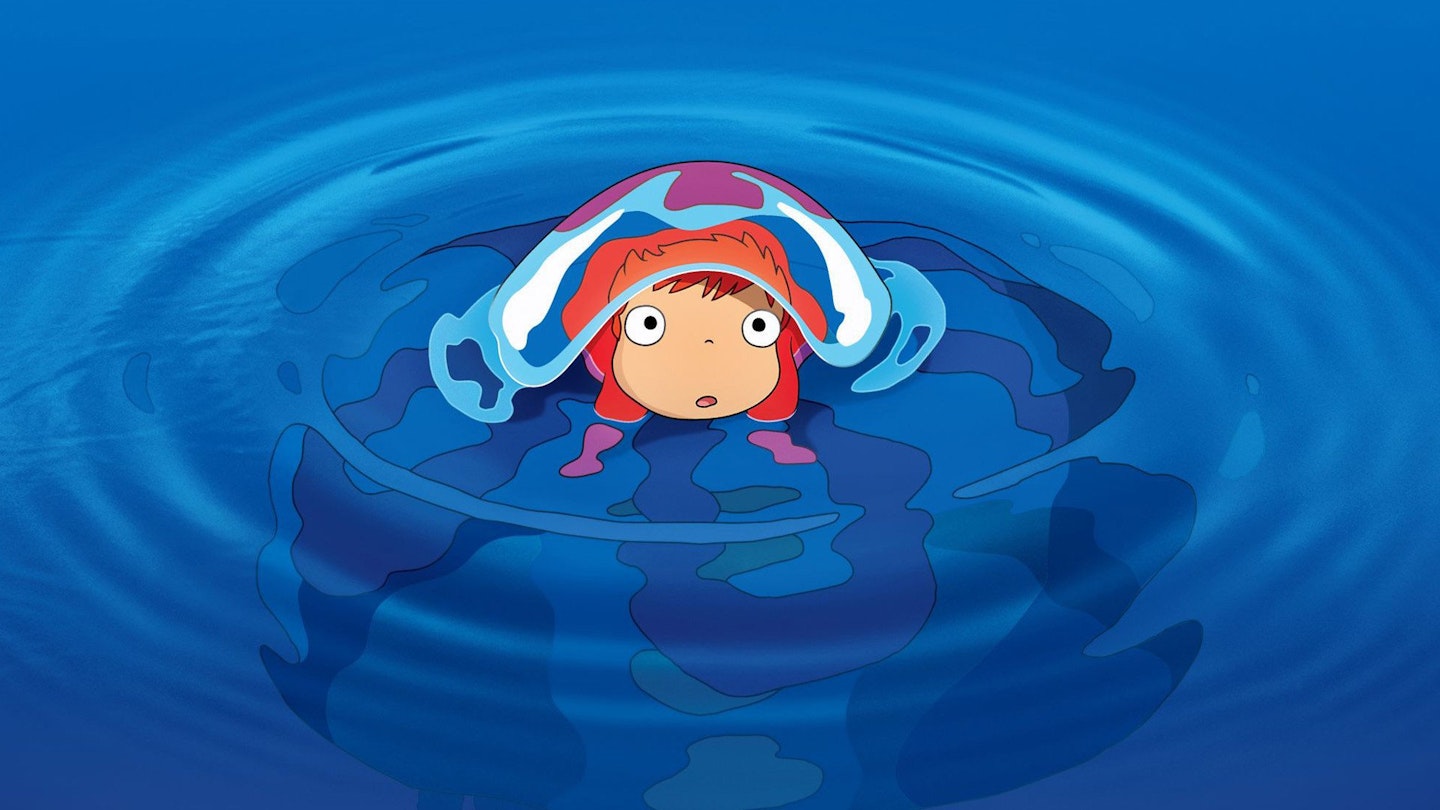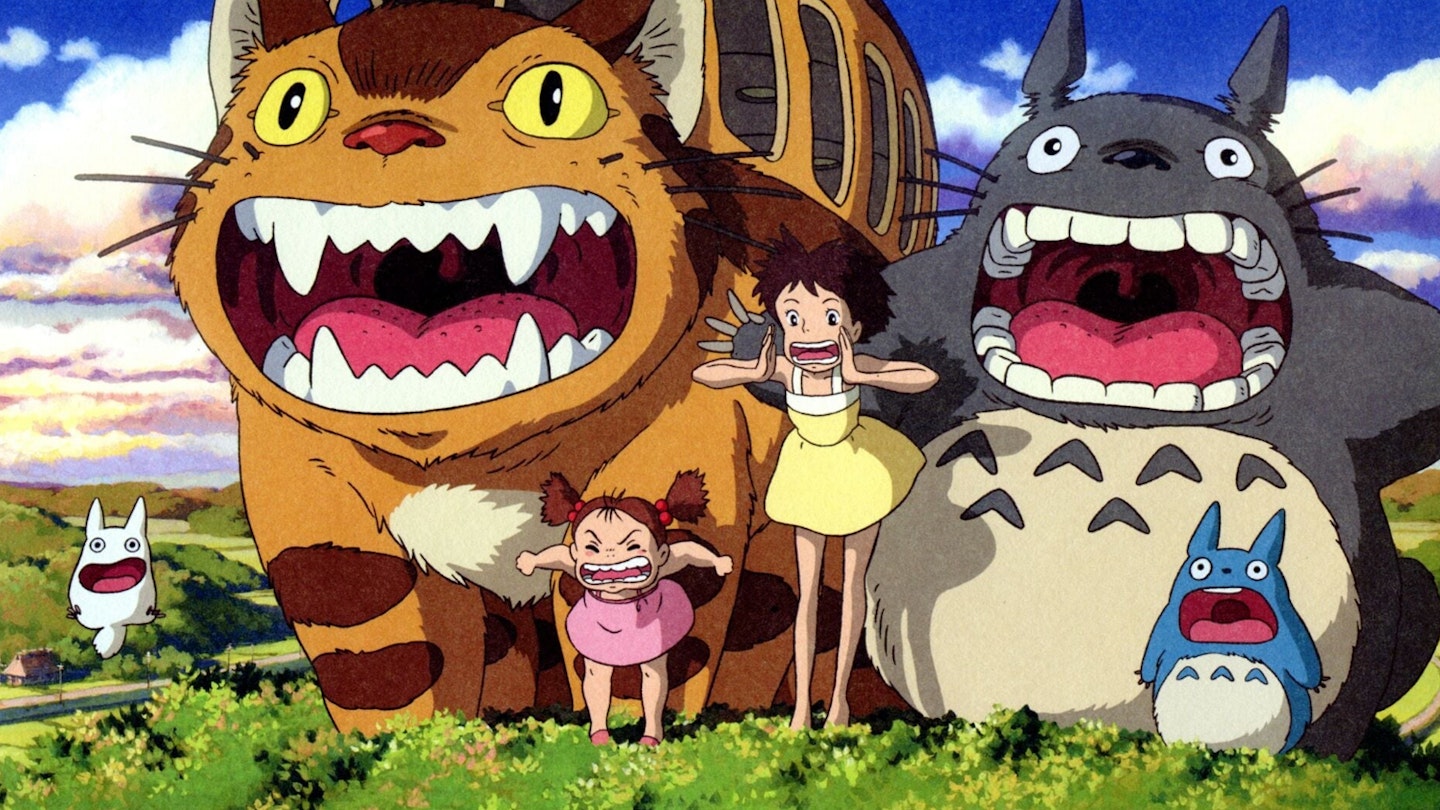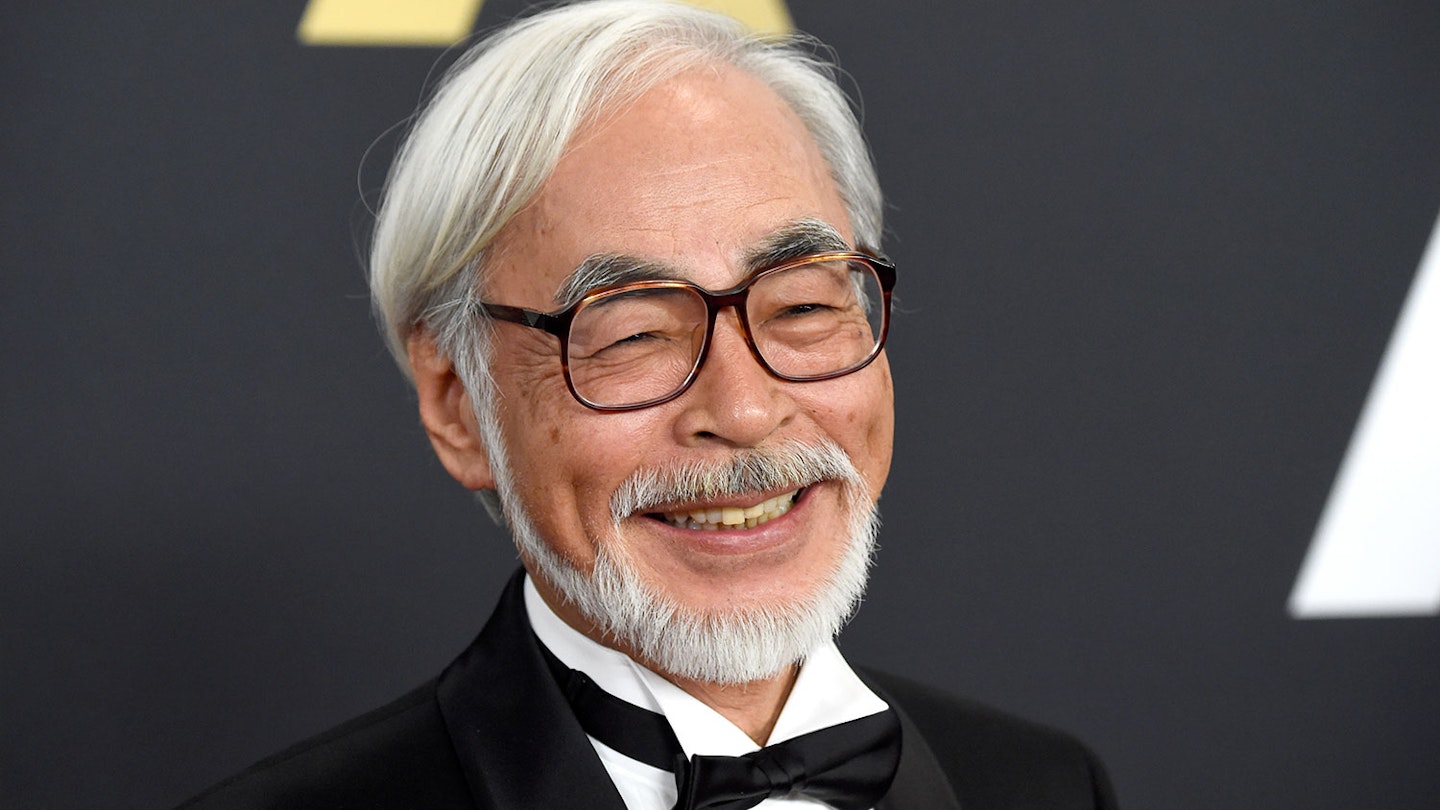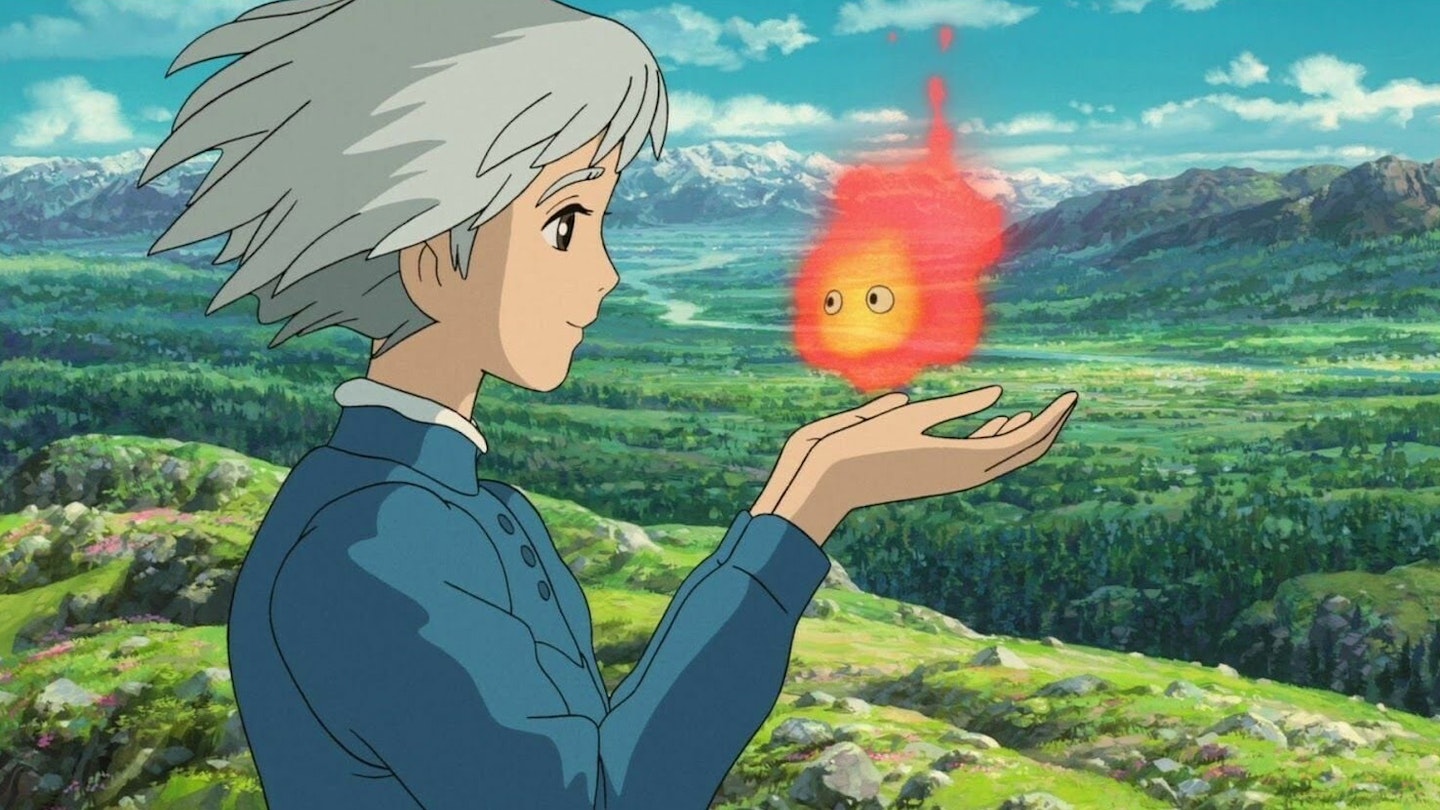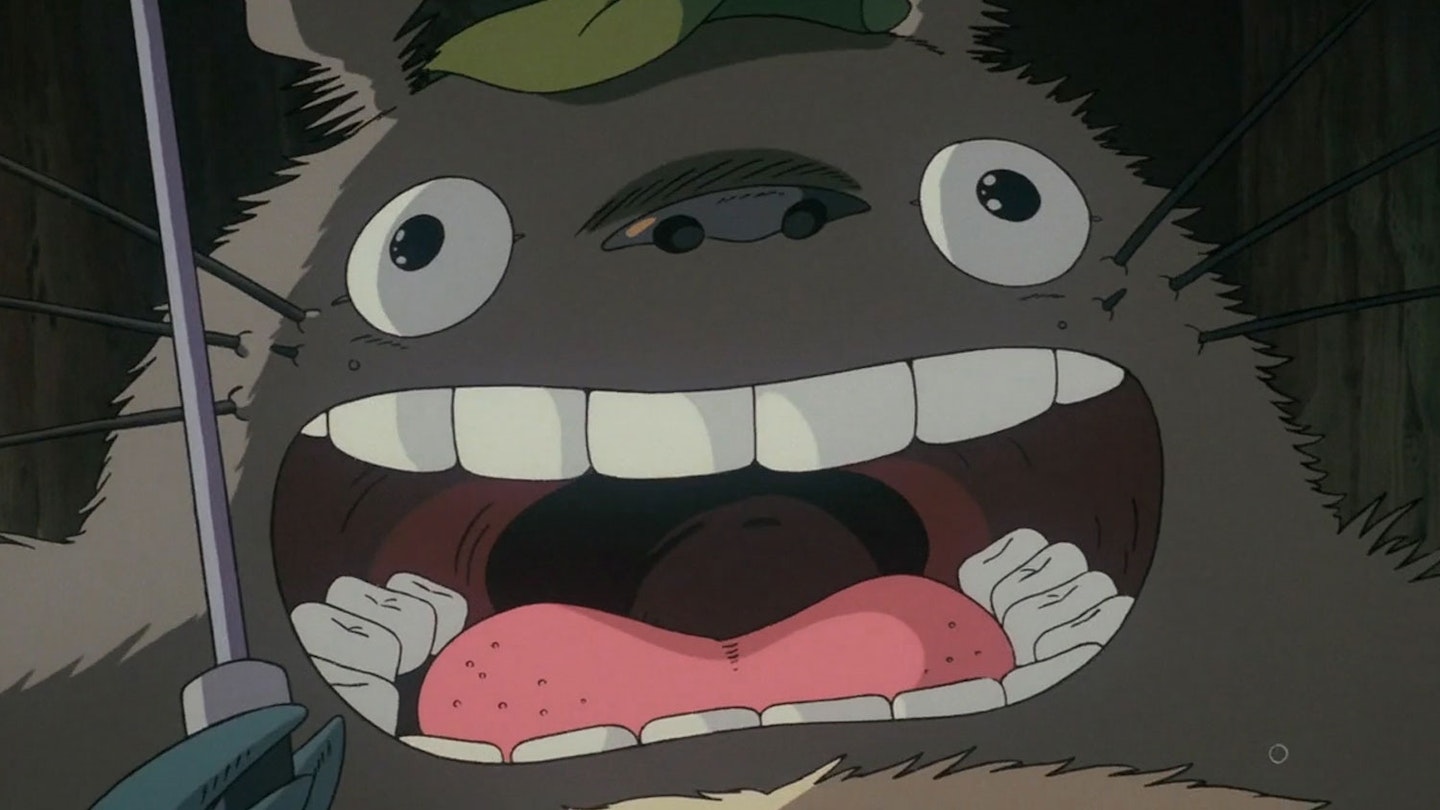While making a rare public appearance recently, Hayao Miyazaki was asked what it was like to run the only animation studio still specialising in hand-drawn films, while all around pixels rule supreme. The white-haired emperor of Studio Ghibli paused, then sighed, then replied, “Like rowing a bark in a sea full of speed boats.”
Let’s be grateful, then, that he’s still slaving at the oars. His first film as director since 2004’s Howl’s Moving Castle — which, perhaps due to being an adaptation of someone else’s story, felt murkily plotted and inert — Ponyo feels like pure Miyazaki, a return to Spirited Away form. Though the closest parallel is with My Neighbour Totoro, both being gentle, narratively simple (for Ghibli) fantasies in which children are befriended by magical creatures.
Here it’s an adorable fish-princess called Ponyo who yearns to be human. So, in a riff on Hans Christian Andersen’s Little Mermaid mythology, Miyazaki flits between two worlds: the underwater kingdom ruled by Bowie-a-like Fujimoto (Liam Neeson) and a seaside town in Japan, where Ponyo is adopted by five year-old Sosuke (Frankie Jonas). The former is where the director gets to really cut loose — and judging by his vivid work here, as well as his predilection for speed-boat similes, he’s been long obsessed with the ocean blue. In contrast to the clean tropical waters of Finding Nemo or Disney’s take on The Little Mermaid, the seabed here is a chaotic, ghostly and alien place, teeming with wriggling beasties and weirdly looming shapes. There’s an edgy beauty that sticks in the mind, most of all in the sequence where Miyazaki unleashes a raging tsunami on the Japanese shore.
There’s an ecological agenda, for sure — Fujimoto quietly curses mankind’s treatment of the sea, while early on Ponyo gets trapped in a nightmarish fishing net crammed with choking fish and garbage — but Miyazaki never lets it overwhelm his story. This is as much an acutely observed portrait of a family as a fantasy epic, and two of the most memorable scenes involve nothing grander than a mother serving up dinner and the young heroes placating a disturbed baby. Not something you’d see in an Ice Age sequel.
The voice casting for the dubbed Western version is a little hit and miss — Tina Fey is spot-on as the mum, but Neeson and Blanchett are a little first-base (is there anywhere Neeson hasn’t been king of?). Also, some parts may skew too young for some tastes, not least the icky Auto-Tuned anthem that plays over the end credits. That said, there is, as always with Ghibli, a sadness mingled with the sweetness, and there’s no arguing with the eye-boggling undersea visuals — this is the stuff James Cameron dreams about when he’s had too much Gruyère.
